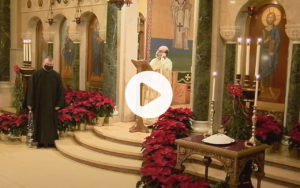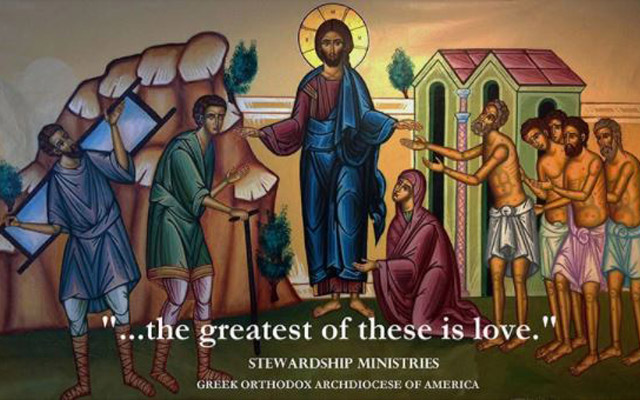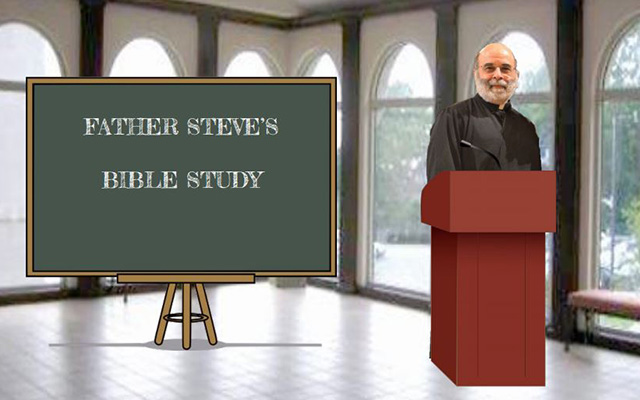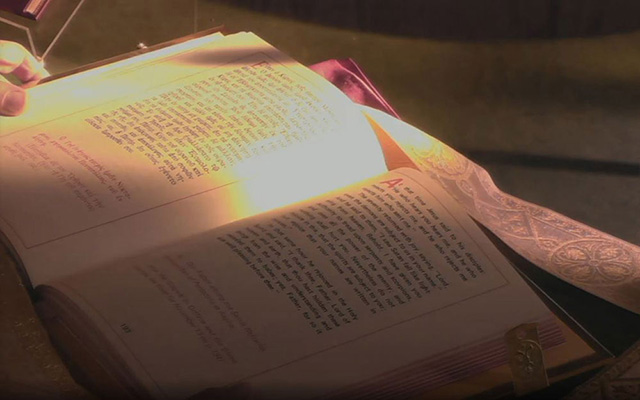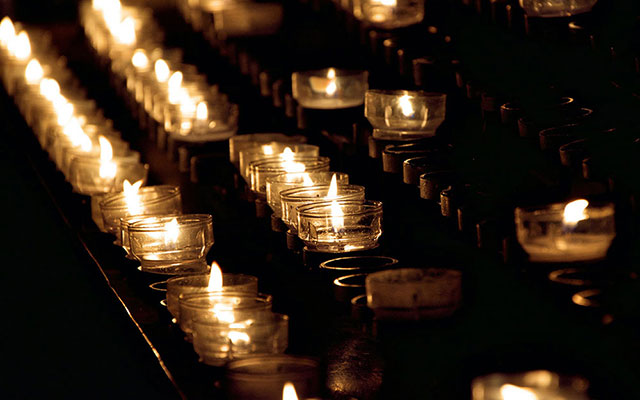The Sixth Monday of Great Lent: The Perpetual Catechumen
By Fr. Stephen Freeman, September 6, 2021 It should not surprise us to learn that we are often creatures of the culture in which we live. We understand this, particularly when we travel and encounter people whose culture differs profoundly from our own. What seems obvious to us, might seem obscure to them. What we eat, how we shop, what counts as polite, what is rude, all of these are shaped by culture. In truth,


